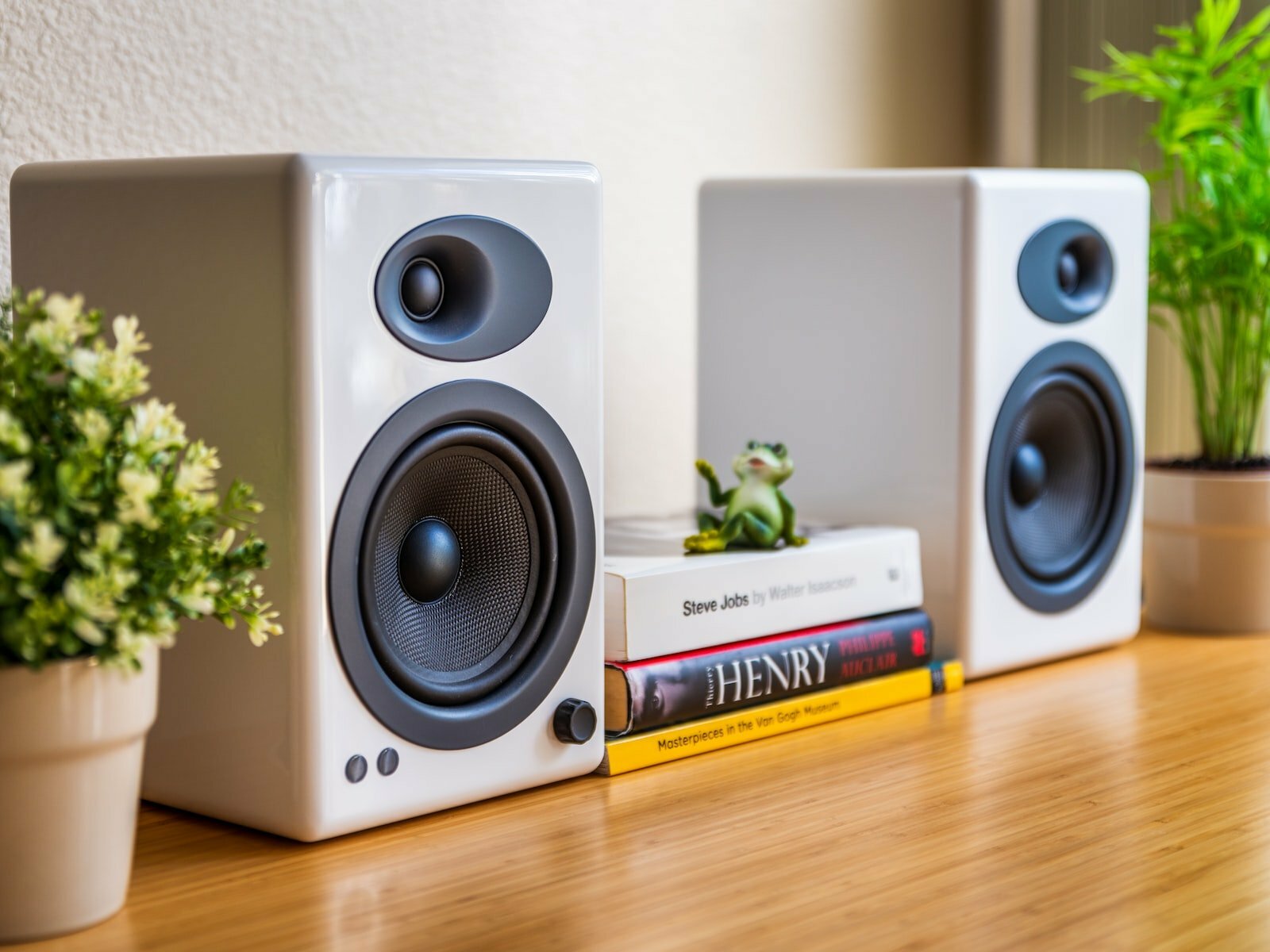Understanding different audio configurations is important because it allows us to choose the right setup for our needs and preferences. By understanding the differences between mono, stereo, and surround sound systems, we can make informed decisions about the type of audio experience we want to create, whether it’s for music, movies, or gaming. Additionally, knowing the various stereo configurations available allows us to set up our sound system in a way that maximizes its potential and delivers the best audio quality possible.

1. Mono Sound System:
The main purpose of a mono sound system is to reproduce sound in a single channel. Mono sound systems are used when the listener does not require any directional information in the sound, or when the listener is situated in a single location.
Mono sound systems are commonly used in public address systems, such as in airports, train stations, and shopping centers. They are also used in some low-cost audio systems, microphones, and in certain musical instruments, such as guitars and harmonicas. The reason mono sound systems are often used in live settings, such as concerts, because they are simple to set up and provide consistent sound coverage throughout the entire venue, since all of the audio channels are mixed down into a single channel and sent to a single speaker. This means that every member of the audience hears the same mix of audio, regardless of where they are seated.
Mono sound systems typically use 1/4-inch TS (Tip Sleeve) or XLR cables for professional applications and 3.5mm stereo mini-jacks for consumer-grade applications.
Mono sound systems are simple and cost-effective. They require less equipment and cabling, making them easy to set up and maintain. Mono sound systems are also compatible with most audio equipment. However, mono sound systems lack the spatial information and depth provided by stereo and surround sound systems. This can result in a less immersive audio experience.

2. Stereo Sound System:
The main purpose of a stereo sound system is to reproduce sound in two separate channels, providing the listener with spatial information and depth.
Stereo sound systems are commonly used in home audio systems, musical recordings, and radio broadcasts. They are also used in some live sound reinforcement applications and in some musical instruments, such as keyboards and synthesizers.
Stereo sound systems typically use 1/4-inch TRS (Tip Ring Sleeve) or RCA cables for professional and consumer-grade applications.
Stereo sound systems provide a more immersive audio experience than mono sound systems, as they can create a sense of space and depth in the sound. They are also widely available and compatible with most audio equipment. However, stereo sound systems require more equipment and cabling than mono sound systems. They can also be more complex to set up and maintain.
Optional Stereo configurations:
a. 2.0 Stereo Configuration: This is the most basic stereo configuration and consists of two speakers (left and right) and a stereo amplifier. This configuration is ideal for small rooms and simple setups.
b. 2.1 Stereo Configuration: This configuration adds a subwoofer to the basic 2.0 stereo setup. The subwoofer is used to reproduce low-frequency sounds, such as bass and drums. This configuration is ideal for music and movies that have a lot of bass.

3. Surround Sound System:
The main purpose of a surround sound system is to reproduce sound in multiple channels, providing the listener with a three-dimensional audio experience.
Surround sound systems are commonly used in home theater systems, gaming, and movie theaters. They are also used in some musical recordings and live sound reinforcement applications.
Surround sound systems typically use unbalanced TS cables, HDMI cables or digital audio cables, such as S/PDIF or TOSLINK, for consumer-grade applications. For professional applications, they use XLR or TRS cables.
Surround sound systems provide the most immersive audio experience, as they can create a three-dimensional sound field. They are ideal for movies, music, and gaming, as they can create a more realistic and engaging experience. However, surround sound systems require special drivers or amplifiers to split the signals with a significant amount of equipment and cabling, making them more expensive and complex to set up and maintain. They are also not as widely compatible as mono and stereo sound systems.
Optional Surround configurations:
a. 5.1 Surround Sound Configuration: This configuration consists of five speakers (left, center, right, and two surround speakers) and a subwoofer. It is commonly used in home theater systems and provides a more immersive audio experience than a basic stereo setup.
b. 7.1 Surround Sound Configuration: This configuration adds two additional surround speakers to the 5.1 surround sound setup, creating a more realistic and detailed audio experience. This configuration is ideal for large rooms and advanced home theater setups.










































































































